Home>Articles>Safety Precautions To Note When Climbing A Ladder
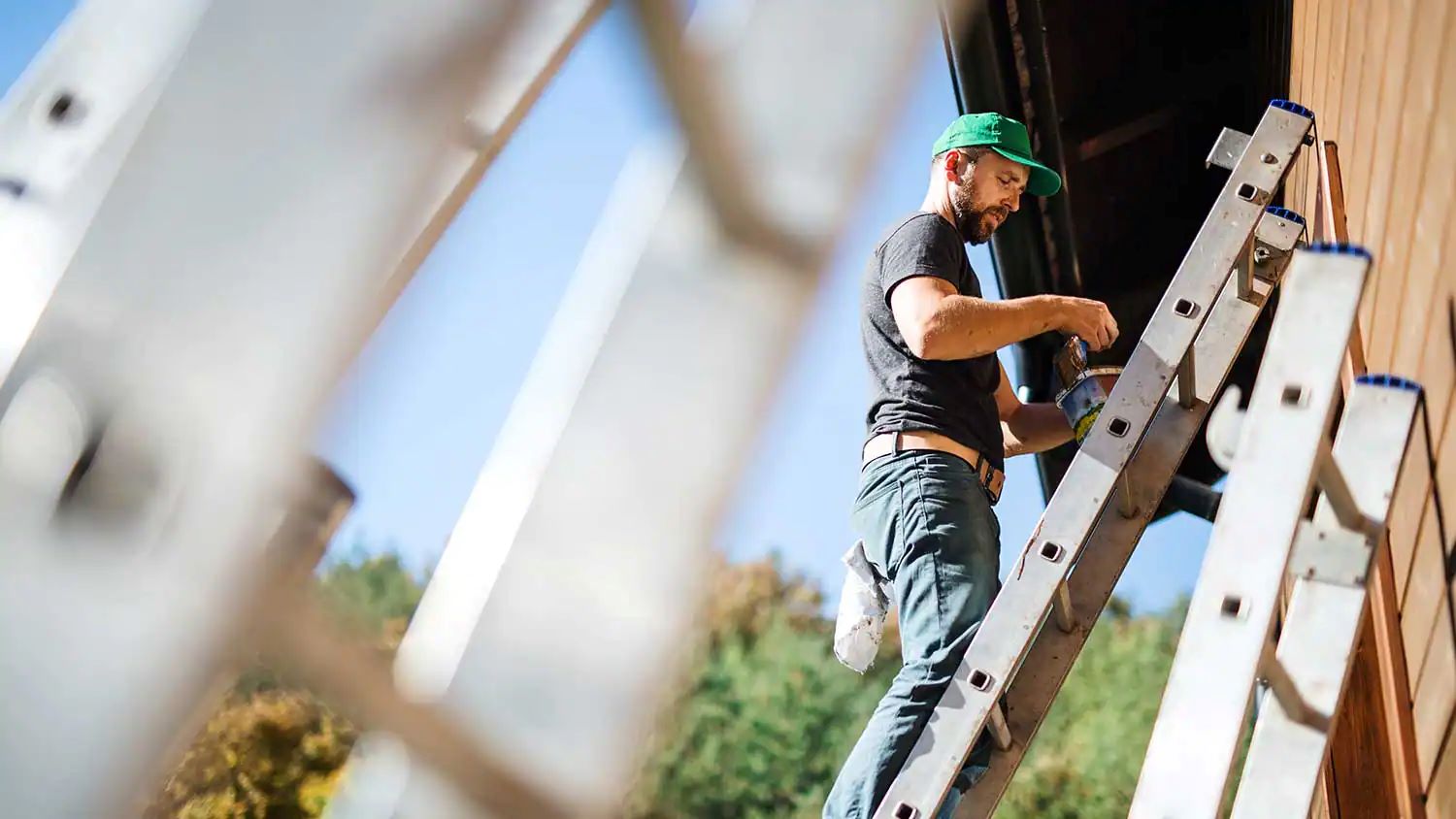

Articles
Safety Precautions To Note When Climbing A Ladder
Modified: October 29, 2024
Looking for informative articles on climbing up a ladder? Find expert tips, safety guidelines, and more in our comprehensive collection.
(Many of the links in this article redirect to a specific reviewed product. Your purchase of these products through affiliate links helps to generate commission for Storables.com, at no extra cost. Learn more)
Introduction
Welcome to the exciting world of climbing ladders! Whether you’re a seasoned professional or just starting out, mastering the art of ladder climbing is essential for a wide range of tasks and jobs. From changing a lightbulb to accessing rooftops, ladders provide us with the means to reach new heights and accomplish our goals.
In this article, we will delve into the different aspects of ladder climbing, guiding you through the process of choosing the right ladder, understanding safety precautions, learning climbing techniques, avoiding common mistakes, and maintaining your ladder for long-lasting use.
So, let’s tighten our grip, secure our footing, and take a step up the ladder of knowledge!
Key Takeaways:
- Safety First!
Understanding ladder types, choosing the right one, and following safety precautions are crucial for a secure climbing experience. Regular maintenance and efficient climbing techniques further enhance safety and productivity. - Practice Makes Perfect
By mastering climbing techniques, avoiding common mistakes, and prioritizing safety, you can confidently navigate the ladder. Efficient planning and strategic breaks also contribute to a successful and empowering climbing experience.
Understanding the Ladder
Before we start climbing up the ladder, it’s important to have a solid understanding of this essential tool. Ladders come in various types, each designed for specific purposes and varying heights. Let’s take a closer look at some common types of ladders:
1. Step Ladders: Step ladders are self-supporting ladders with hinged, stable A-frame structures. They come in a range of heights and are ideal for tasks that require stability, such as painting walls or accessing shelves.
2. Extension Ladders: Extension ladders consist of two or more sections that can be extended to reach greater heights. These ladders are versatile and widely used for various outdoor tasks like cleaning gutters or working on rooftops.
3. Platform Ladders: Platform ladders feature a large platform at the top, providing a stable working surface for extended periods. They are well-suited for tasks that require multiple tools or materials.
4. Step Stools: Step stools are small, portable ladders with one or two steps. They are perfect for quick tasks like reaching high shelves or changing light bulbs.
Remember, always choose the ladder that best fits the specific task at hand. Consider factors such as height requirements, weight capacity, and the nature of the work area.
Additionally, familiarize yourself with ladder components. These include the rungs (steps) that provide footholds, the side rails that provide support, and the ladder feet or base that provide stability. Understanding these elements will help you make informed decisions when it comes to ladder selection and safe climbing practices.
No matter what type of ladder you choose, safety should always be your top priority. In the next section, we will explore the essential safety precautions to follow to ensure a secure climbing experience.
Choosing the Right Ladder
When it comes to ladder climbing, choosing the right ladder for the task is crucial for your safety and efficiency. Here are some key factors to consider when selecting a ladder:
1. Height: Determine the maximum height you need to reach. Choose a ladder that exceeds this height to ensure you can comfortably and safely complete your task without overextending.
2. Weight Capacity: Consider your own weight along with the weight of tools and materials you’ll be carrying while climbing. Ensure that the ladder’s weight capacity can support your total load to prevent any accidents or structural failures.
3. Material: Ladders are commonly made of aluminum, fiberglass, or wood. Each material has its own advantages and limitations. Aluminum ladders are lightweight and resistant to corrosion, making them suitable for indoor and outdoor use. Fiberglass ladders are non-conductive and are ideal for electrical work. Wood ladders are sturdy but are best suited for light-duty tasks.
4. Type of Work: Consider the type of work you’ll be performing. If you need a stable platform for longer durations, a platform ladder might be the best choice. If you require mobility and flexibility, an extension ladder might be more suitable.
5. Portability and Storage: Evaluate the portability and storage options of the ladder. If you have limited storage space, a collapsible or telescopic ladder might be a better fit. Ensure that the ladder is lightweight and easy to transport if you frequently need to move it around.
6. Safety Features: Look for ladders with safety features such as anti-slip steps, non-marring feet for stability, and locking mechanisms for secure positioning. These features can greatly enhance the safety and ease of your climbing experience.
Additionally, it’s important to purchase ladders from reputable manufacturers and retailers to ensure their quality, durability, and compliance with safety standards. Reading reviews and seeking recommendations can also help you make an informed decision.
By taking the time to choose the right ladder for your specific needs, you’ll not only enhance your safety but also improve your overall climbing experience. In the next section, we will explore important safety precautions to follow while climbing a ladder.
Safety Precautions for Climbing
Climbing a ladder can be a potentially hazardous activity if proper safety precautions are not followed. To ensure your safety and minimize the risk of accidents, it is important to adhere to the following safety guidelines:
1. Inspect the ladder: Before starting your climb, thoroughly inspect the ladder for any signs of damage or defects. Check for loose rungs, cracks, or bent rails. If you notice any issues, do not use the ladder and consider repairing or replacing it.
2. Placement and stability: Ensure that the ladder is placed on a firm, level surface. If working on uneven ground, use ladder levelers or stabilizers to maintain stability. Make sure the ladder’s feet or base is secure and do not place it on slippery surfaces.
3. Angle of the ladder: The ladder should be set at a safe angle. As a rule of thumb, for every 4 feet of vertical height, the base of the ladder should be 1 foot away from the structure it is leaning against. This 4:1 ratio ensures stability.
4. Climber’s stance: Maintain a firm and centered stance on the ladder. Keep both feet securely planted on the rungs and use all points of contact for stability. Avoid leaning too far to either side or overreaching, as it can cause the ladder to become unbalanced.
5. Climbing and descending: Ascend and descend the ladder facing the ladder and maintain a three-point contact at all times. This means having two hands and one foot, or two feet and one hand, in contact with the ladder at all times. Never slide down or jump off the ladder.
6. Weight and load capacity: Stay within the ladder’s weight capacity and avoid carrying heavy or bulky items while climbing. Use a tool belt or pulley system to transport tools or materials, if necessary.
7. Avoidance of electrical hazards: If using a metal ladder, be cautious around electrical equipment or power lines. Aluminum and fiberglass ladders are safer choices for electrical work as they are non-conductive.
8. Weather conditions: Take weather conditions into account before climbing a ladder. Avoid climbing in high winds, storms, or slippery conditions, as it can increase the risk of accidents.
9. Communication and assistance: If possible, have someone nearby to assist you or be aware of your ladder-climbing activities. In case of an emergency, they can provide help or raise an alarm if needed.
Remember, safety should always take precedence over convenience or speed. By following these safety precautions, you can significantly reduce the risk of accidents and ensure a safe climbing experience.
Next, we will discuss effective climbing techniques that will help you navigate the ladder with ease.
Climbing Techniques
Mastering proper climbing techniques is essential for a safe and efficient ladder-climbing experience. These techniques will help you maintain stability and control throughout your ascent and descent. Here are some important climbing techniques to keep in mind:
1. Maintain three-point contact: Always maintain three points of contact with the ladder – two hands and one foot, or two feet and one hand – while ascending or descending. This will provide you with a solid base and reduce the risk of falls.
2. Face the ladder: Face the ladder and grip the rungs with your hands securely. Point your toes towards the ladder to maintain balance and stability. Avoid turning or twisting your body, as it can lead to loss of balance.
3. Use the right climbing motion: When climbing, move one hand and foot simultaneously, followed by the other hand and foot. Ascend or descend in a controlled manner, maintaining a steady rhythm. Avoid skipping rungs or taking large steps, as it can compromise your stability.
4. Maintain a centered stance: Always keep your body centered between the side rails of the ladder. This will distribute your weight evenly and ensure balance. Avoid leaning too far to one side, as it can cause the ladder to tip over.
5. Secure your tools and materials: If you need to carry tools or materials while climbing, use a tool belt or a bucket with a handle. Keep your hands free and maintain a firm grip on the ladder. Avoid carrying items in your hands, as it can affect your balance.
6. Be mindful of your surroundings: Pay attention to your surroundings while climbing. Avoid distractions and maintain awareness of any obstacles, cables, or obstructions that may interfere with your climb. Be cautious of anyone or anything that may bump or shake the ladder.
7. Take breaks if needed: If you’re feeling fatigued or need to catch your breath, take short breaks on a sturdy rung or platform. Never sit or stand on the top cap or the top three rungs of the ladder, as it is unsafe.
8. Descending safely: When descending, use the same climbing techniques but in reverse. Take your time, maintain three-point contact, and descend one rung at a time. Avoid sliding down the ladder or jumping off, as it can lead to injuries.
Remember, practice makes perfect. Take the time to familiarize yourself with these climbing techniques and gradually increase your comfort level. By incorporating these techniques into your ladder climbing routine, you’ll enhance your safety and efficiency.
Next, we will highlight some common mistakes to avoid while climbing a ladder.
When climbing up a ladder, always maintain three points of contact (two feet and one hand, or two hands and one foot) to ensure stability and reduce the risk of falling.
Read more: How To Climb A Ladder
Common Mistakes to Avoid
While climbing a ladder, it’s important to be aware of common mistakes that can compromise your safety. By understanding and avoiding these mistakes, you can ensure a secure climbing experience. Here are some common ladder climbing mistakes to avoid:
1. Overreaching: One of the most common mistakes is overreaching while on a ladder. Stretching too far to the side or reaching above your shoulder height can cause imbalance and make the ladder unstable. Always maintain a centered stance and use the ladder’s built-in safety features, such as tool holders or trays, to keep your tools and materials within reach.
2. Using the wrong ladder: Using the wrong ladder for the task at hand is a common mistake that can lead to accidents. Ensure that you choose a ladder that is appropriate for your height requirements and the type of work you’re doing. Using a ladder that’s too short or unstable for the task can result in falls or injuries.
3. Incorrect ladder placement: Placing the ladder on an unstable surface or uneven ground can quickly lead to accidents. Always ensure that the ladder is set on a firm and level surface. If necessary, use ladder levelers or stabilizers to provide additional stability.
4. Ignoring weight limits: Overloading the ladder by exceeding its weight capacity is a grave error. Be mindful of your own weight, along with the weight of tools, materials, or equipment you’re carrying. Exceeding the weight limit can cause structural damage to the ladder and increase the risk of it collapsing.
5. Climbing too quickly: Rushing up or down the ladder is a dangerous mistake that increases the chances of slipping or losing balance. Take your time, maintain a slow and steady pace, and focus on your movements. A controlled climb will help you maintain stability and reduce the risk of accidents.
6. Neglecting ladder maintenance: Regular ladder maintenance is essential for safety, yet it is often overlooked. Failing to inspect the ladder for damage or defects, such as loose rungs or cracked side rails, can lead to accidents. Regularly inspect your ladder, clean it from dirt or debris, and address any issues promptly.
7. Using a damaged ladder: Climbing a damaged ladder is a grave mistake that puts your safety at risk. Never use a ladder that’s broken, wobbly, or unstable. Repair or replace damaged ladders to avoid accidents and potential injuries.
8. Climbing in unsafe weather conditions: Climbing on a ladder during inclement weather, such as rain, strong winds, or icy conditions, is extremely hazardous. Wet surfaces make the ladder slippery, while strong winds can cause it to sway or topple over. Always wait for weather conditions to improve before using a ladder.
Avoiding these common ladder climbing mistakes will greatly reduce the risk of accidents and promote a safe working environment. By following proper ladder safety practices and being mindful of these pitfalls, you can ensure a secure and successful climb.
Next, we will discuss the importance of maintaining and inspecting your ladder.
Maintaining and Inspecting your Ladder
Maintaining and inspecting your ladder regularly is crucial to ensure its longevity and safety. By taking the time to care for your ladder, you can identify any issues or potential hazards before they lead to accidents. Here are some key maintenance and inspection tips to keep in mind:
1. Clean your ladder: Regularly clean your ladder to remove dirt, debris, or any substances that may cause it to become slippery or affect its stability. Use a mild detergent, water, and a brush to clean the ladder thoroughly. Avoid using harsh chemicals or abrasive materials that could damage the ladder’s surface.
2. Store properly: When not in use, store your ladder in a clean, dry area. Keep it away from direct sunlight, extreme temperatures, or areas with high humidity, as these conditions can weaken the ladder’s materials over time. If possible, store it in a protected space to prevent accidental damage.
3. Inspect for damage: Before each use, inspect your ladder for any signs of damage or wear. Check the rungs, side rails, hinges, and any moving parts for cracks, splits, dents, or loose fittings. Also, ensure that safety mechanisms such as locks or stabilizers are in good working condition.
4. Tighten loose parts: If you notice any loose fittings, bolts, or screws, tighten them right away. Loose parts can compromise the stability and integrity of the ladder, leading to accidents. Regularly check all connections and tighten as necessary.
5. Repair or replace damaged parts: If you encounter any damaged or broken parts, take immediate action to repair or replace them. Do not use a ladder with missing or damaged components, as it can significantly impact its structural stability and compromise your safety.
6. Lubricate moving parts: If your ladder has hinges or other moving parts, lubricate them periodically to ensure smooth operation. Apply a light lubricant such as silicone spray or dry graphite to reduce friction and prevent sticking.
7. Follow manufacturer’s instructions: Always refer to the manufacturer’s instructions for specific maintenance recommendations. Pay attention to any guidelines regarding weight limits, cleaning procedures, or specific maintenance requirements for the ladder model you own.
8. Keep records: Keep a record of your ladder’s maintenance and inspection dates. This will help you track the history of your ladder’s maintenance, identify any recurring issues, and ensure that you adhere to a regular maintenance schedule.
By regularly maintaining and inspecting your ladder, you can prolong its lifespan and prevent accidents caused by structural issues or component failures. Your ladder is an investment in your safety, so it deserves proper care and attention.
Next, we will provide some tips for efficient climbing to enhance your productivity when working with a ladder.
Tips for Efficient Climbing
Climbing a ladder efficiently not only enhances your productivity but also improves safety by minimizing the time you spend on the ladder. By following these tips, you can make the most of your climbing experience:
1. Plan your tasks: Before climbing the ladder, organize and plan your tasks to maximize efficiency. Gather all necessary tools and materials in advance so that you have everything you need within reach, reducing the need for repeated climbs up and down the ladder.
2. Use a tool belt or bucket: Invest in a good-quality tool belt or bucket with compartments to hold your tools and small materials. This allows you to keep your hands free while climbing and eliminates the need to constantly climb up and down the ladder to retrieve tools.
3. Optimize your body movements: Practice smooth and controlled movements while climbing. Avoid unnecessary twisting or reaching to minimize wasted energy. Efficient climbing involves maintaining balance and utilizing a steady rhythm, allowing you to move quickly and easily.
4. Take breaks strategically: If you’re working on a task that requires extended periods on the ladder, plan strategic breaks to avoid fatigue. Choose a stable rung or platform to rest on during these breaks, ensuring you have a secure spot while regaining your energy.
5. Securely fasten materials: If you need to transport materials while climbing, securely fasten them to your body or use appropriate tools like hooks or clips. This ensures that you have a free and unobstructed grip on the ladder rungs, improving your stability and balance.
6. Stay focused and avoid distractions: Concentration is key when climbing a ladder. Avoid distractions such as loud noises or conversations that may divert your attention. Focus on your movements, maintain awareness of your surroundings, and prioritize safety at all times.
7. Invest in a ladder assistant or support system: For certain tasks that require extensive climbing or working at heights, consider using ladder assistants or support systems. These devices provide additional stability, support, and comfort, reducing the effort required for climbing and increasing overall efficiency.
8. Learn from experienced climbers: If possible, seek advice and learn from experienced climbers. They may have valuable tips, techniques, or suggestions that can help improve your climbing skills and efficiency. Observing experienced climbers in action can also provide valuable insights into efficient climbing techniques.
By incorporating these tips into your ladder climbing routine, you can work more efficiently, reduce fatigue, and complete tasks faster. Remember to prioritize safety above all else and never compromise it for the sake of efficiency.
Lastly, let’s conclude our article.
Conclusion
Climbing up a ladder can be an empowering experience, enabling you to reach new heights both figuratively and literally. By understanding the different types of ladders, choosing the right one for the task at hand, following safety precautions, learning proper climbing techniques, and avoiding common mistakes, you can ensure a safe and efficient climbing experience.
Remember to inspect and maintain your ladder regularly, as well as prioritize safety by using the appropriate personal protective equipment (PPE) and following manufacturer’s instructions. Taking these steps will help prolong the lifespan of your ladder and prevent accidents caused by structural failures or human error.
Efficiency is also an important aspect of ladder climbing. Plan your tasks, optimize your movements, use tools that make your work easier, and take strategic breaks to maintain your energy and focus. By working efficiently, you can increase productivity and minimize the time spent on the ladder.
Lastly, never forget that safety should always be your top priority. Climbing a ladder comes with inherent risks, but with knowledge, preparation, and proper techniques, you can minimize those risks and ensure a successful climb.
Now that you have a comprehensive understanding of ladder climbing techniques, safety precautions, and maintenance tips, it’s time to put your knowledge into practice. Remember, it takes practice and experience to become proficient, so be patient with yourself as you develop your skills.
So, tighten your grip, step confidently, and reach new heights with the power of knowledge and safety as your companions. Happy climbing!
Frequently Asked Questions about Safety Precautions To Note When Climbing A Ladder
Was this page helpful?
At Storables.com, we guarantee accurate and reliable information. Our content, validated by Expert Board Contributors, is crafted following stringent Editorial Policies. We're committed to providing you with well-researched, expert-backed insights for all your informational needs.

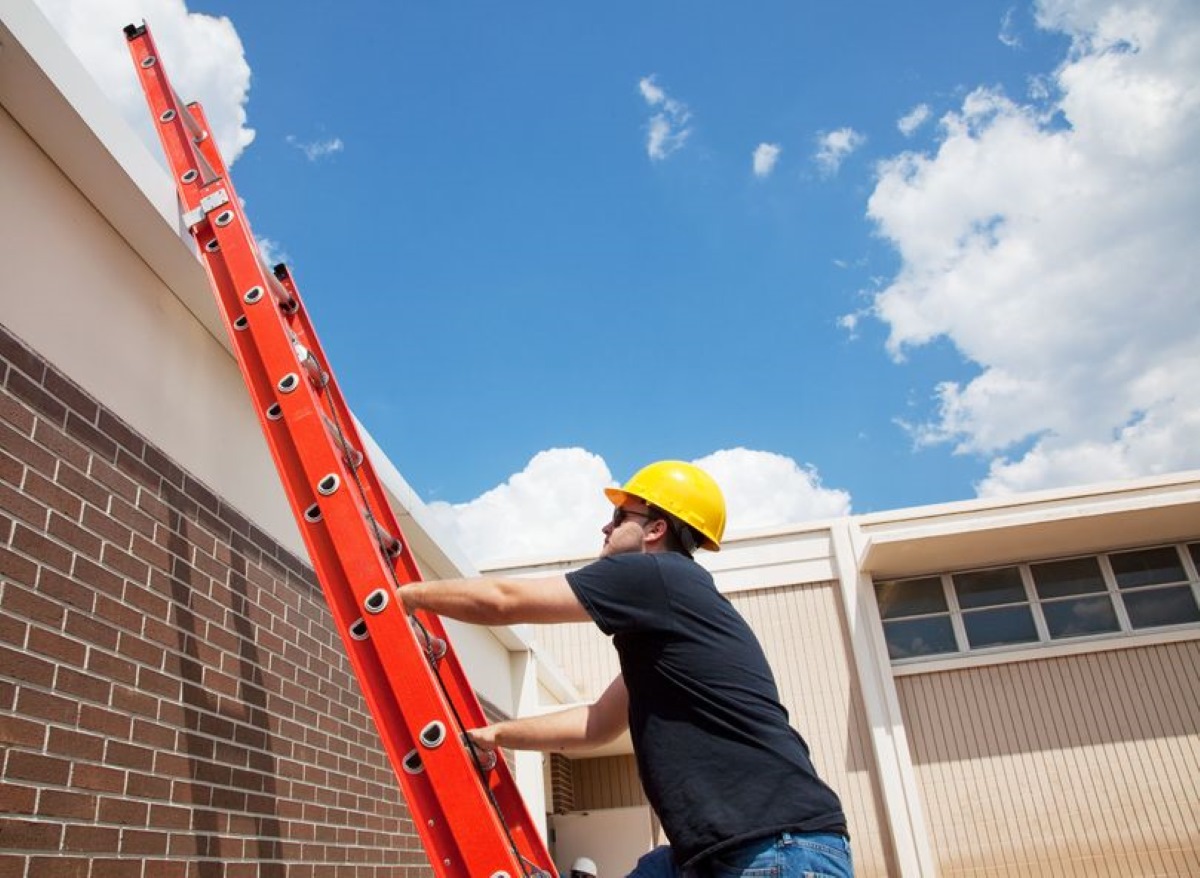
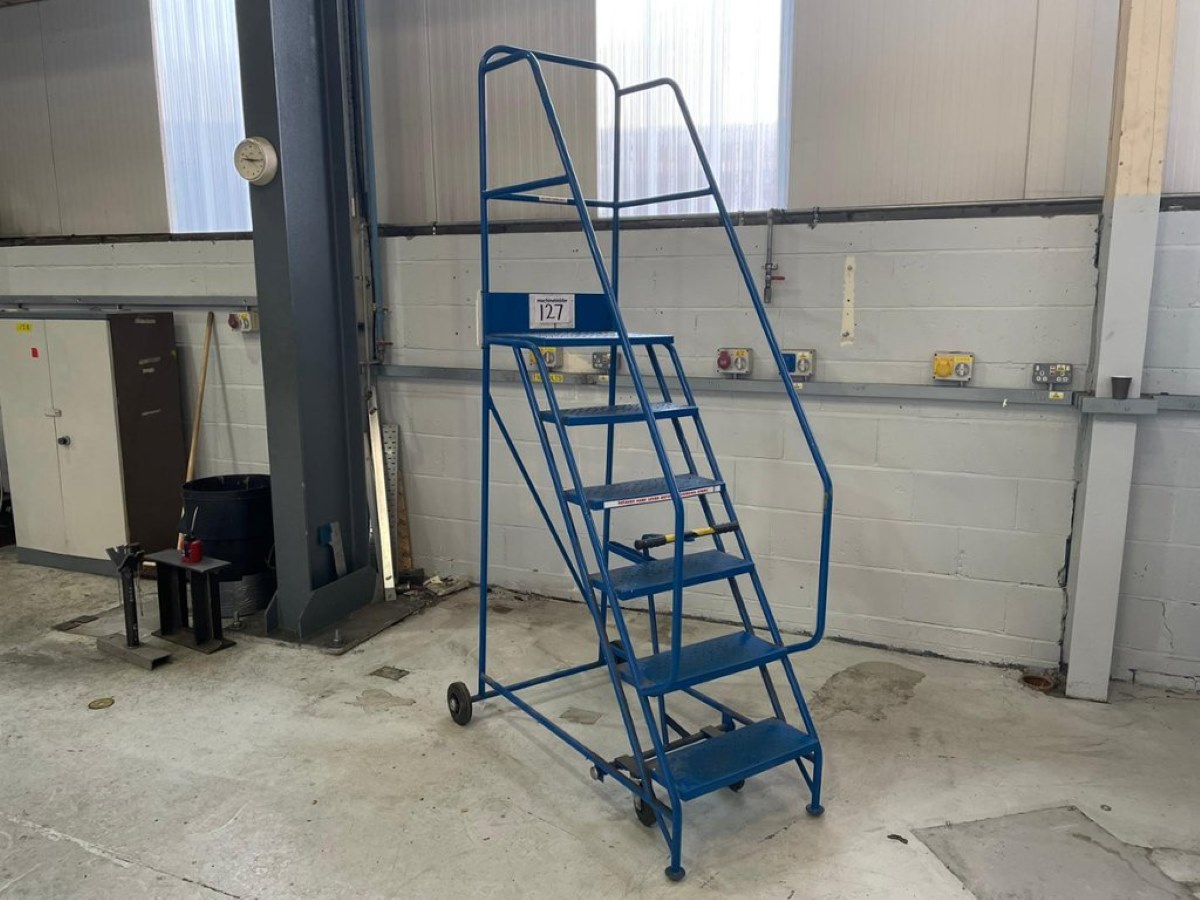
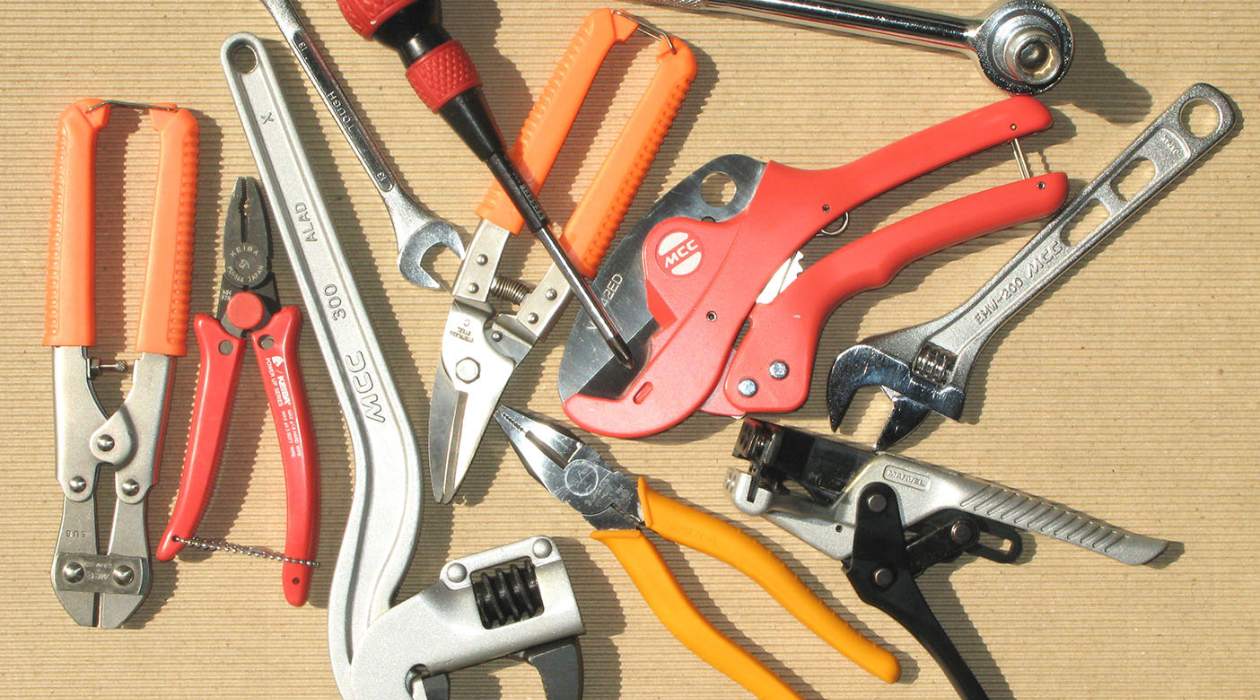
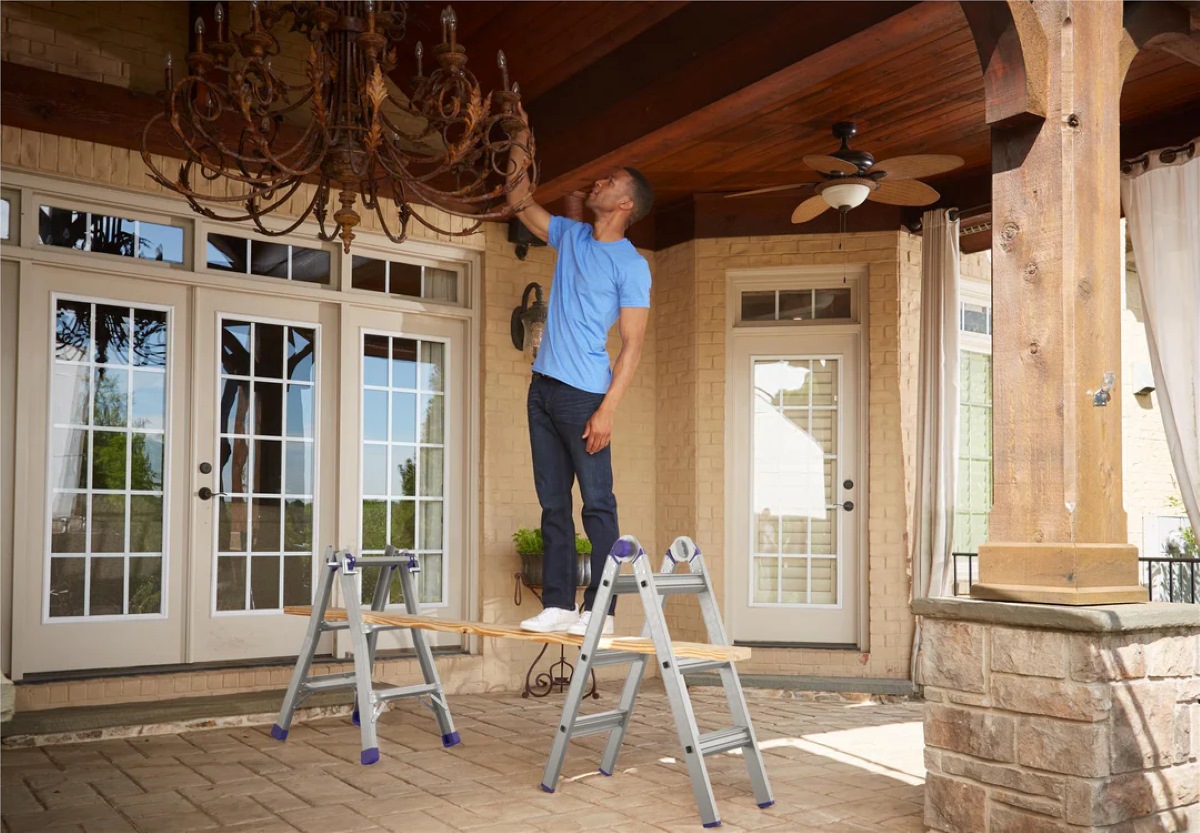
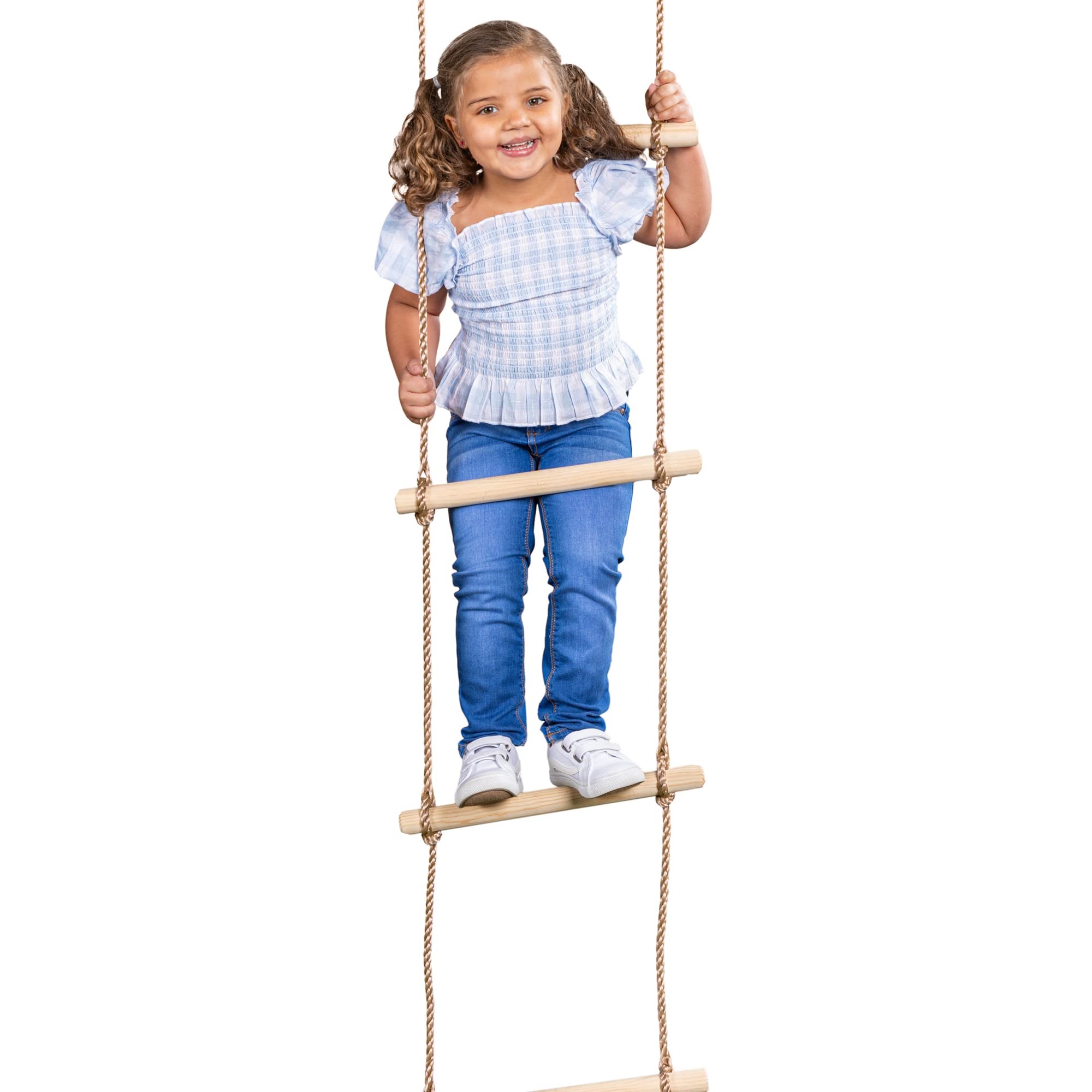
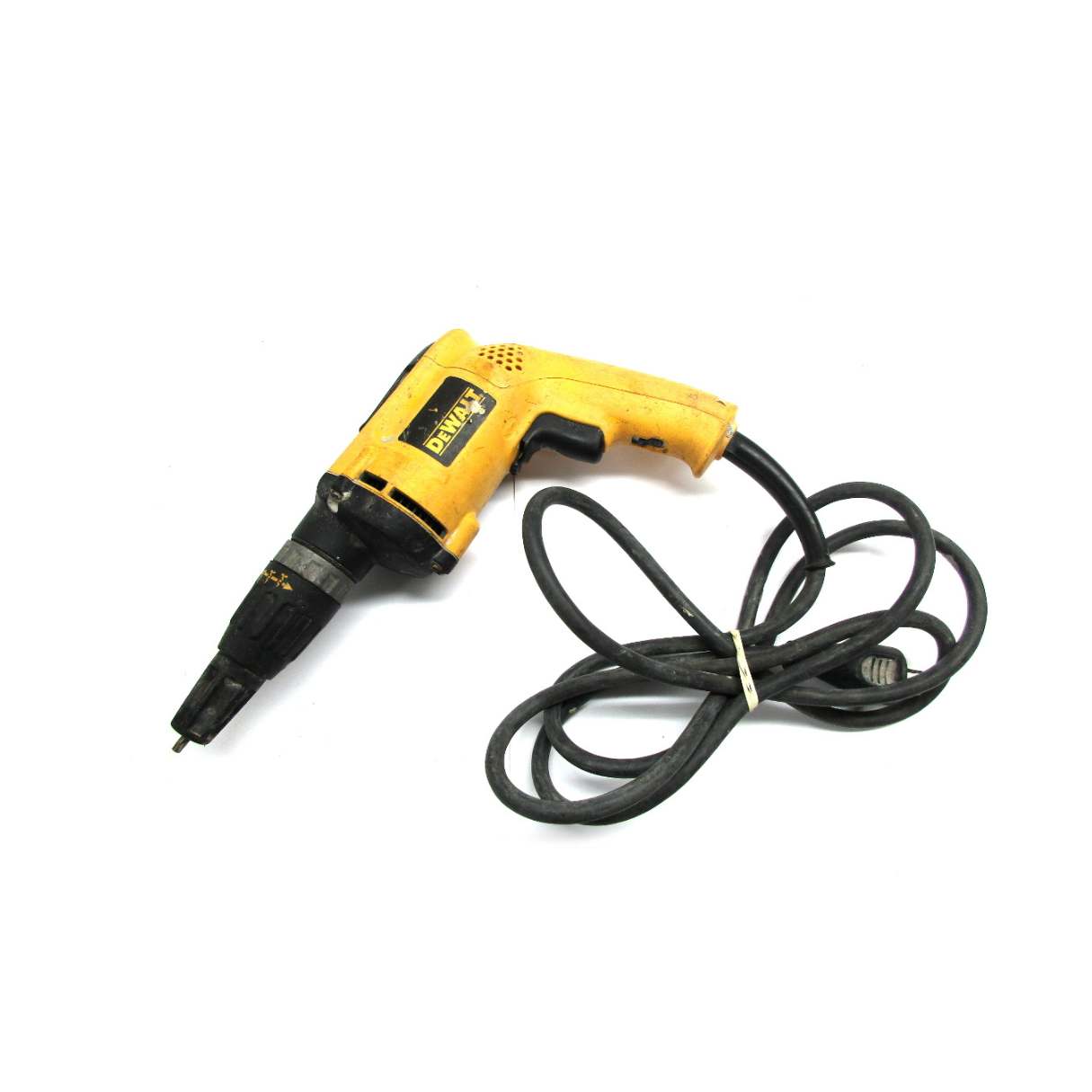
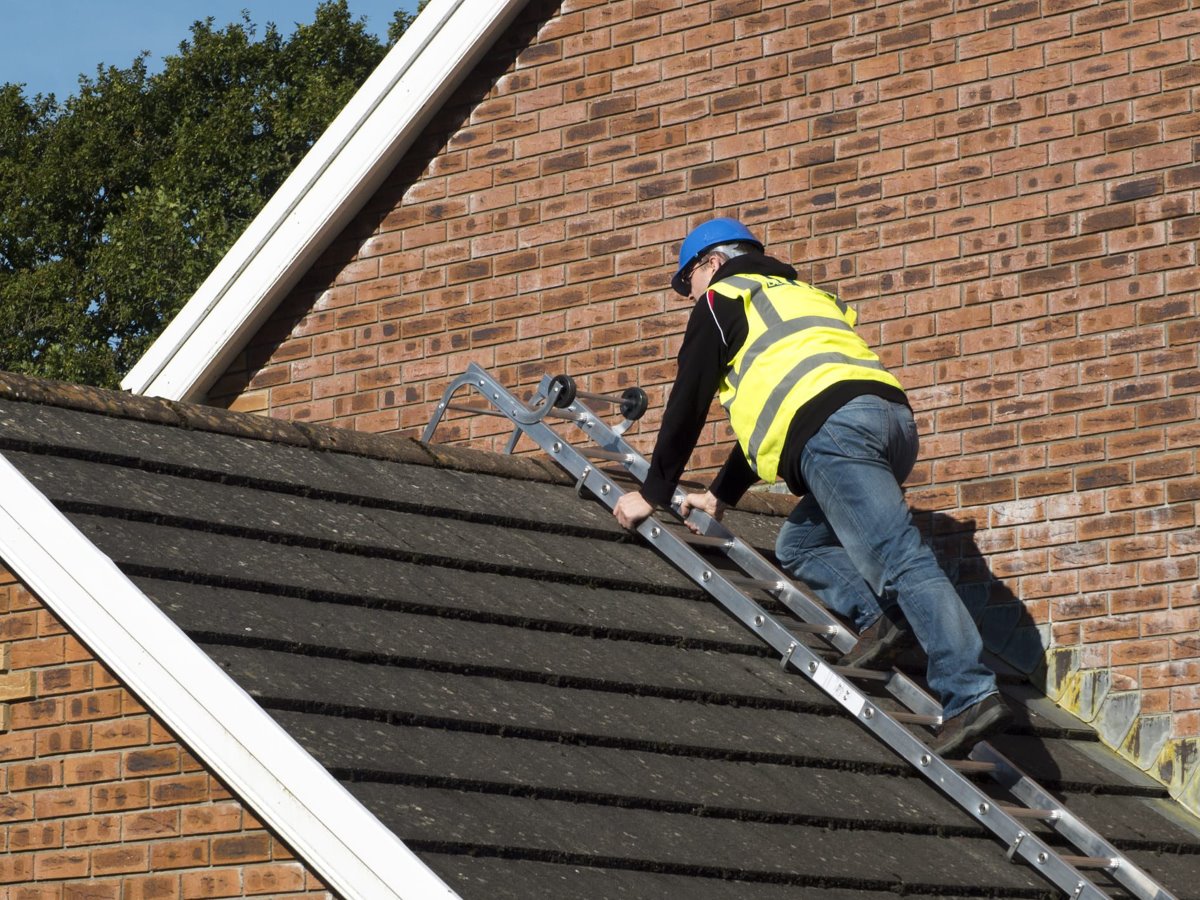

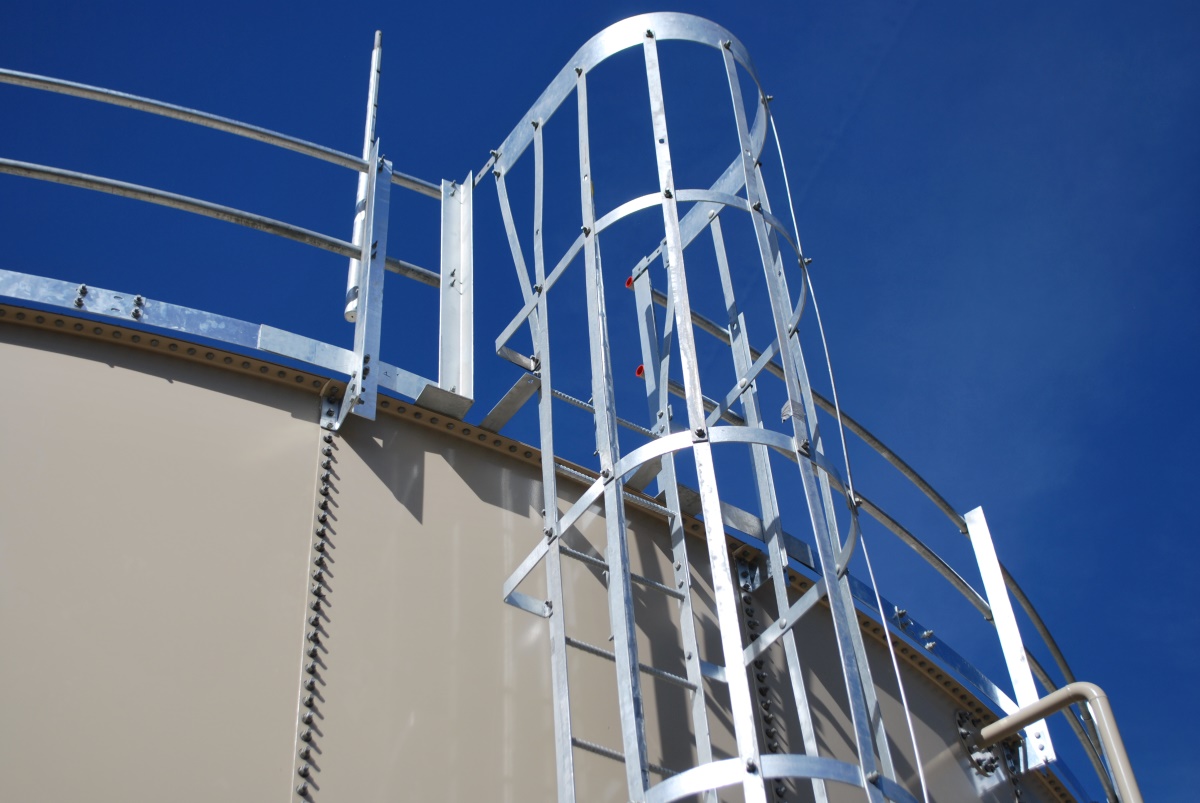
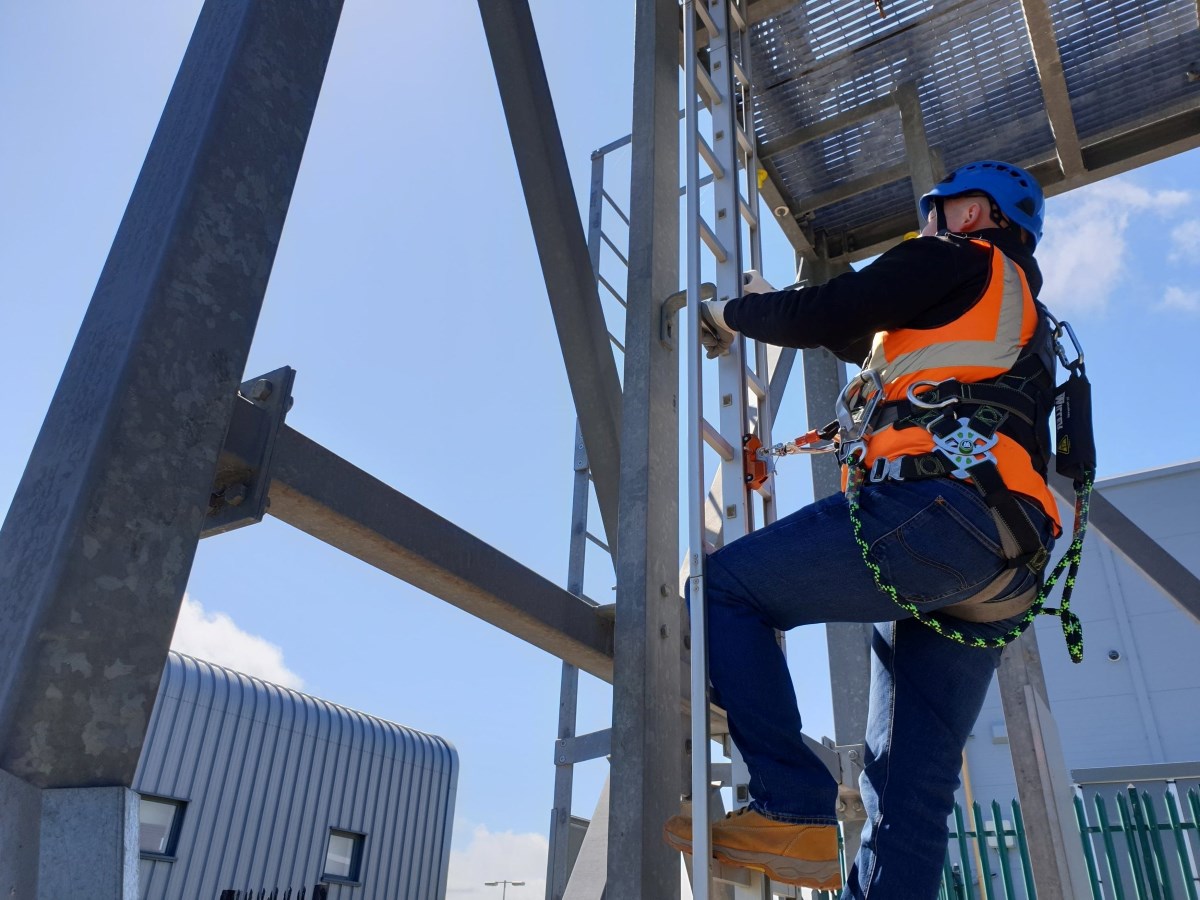
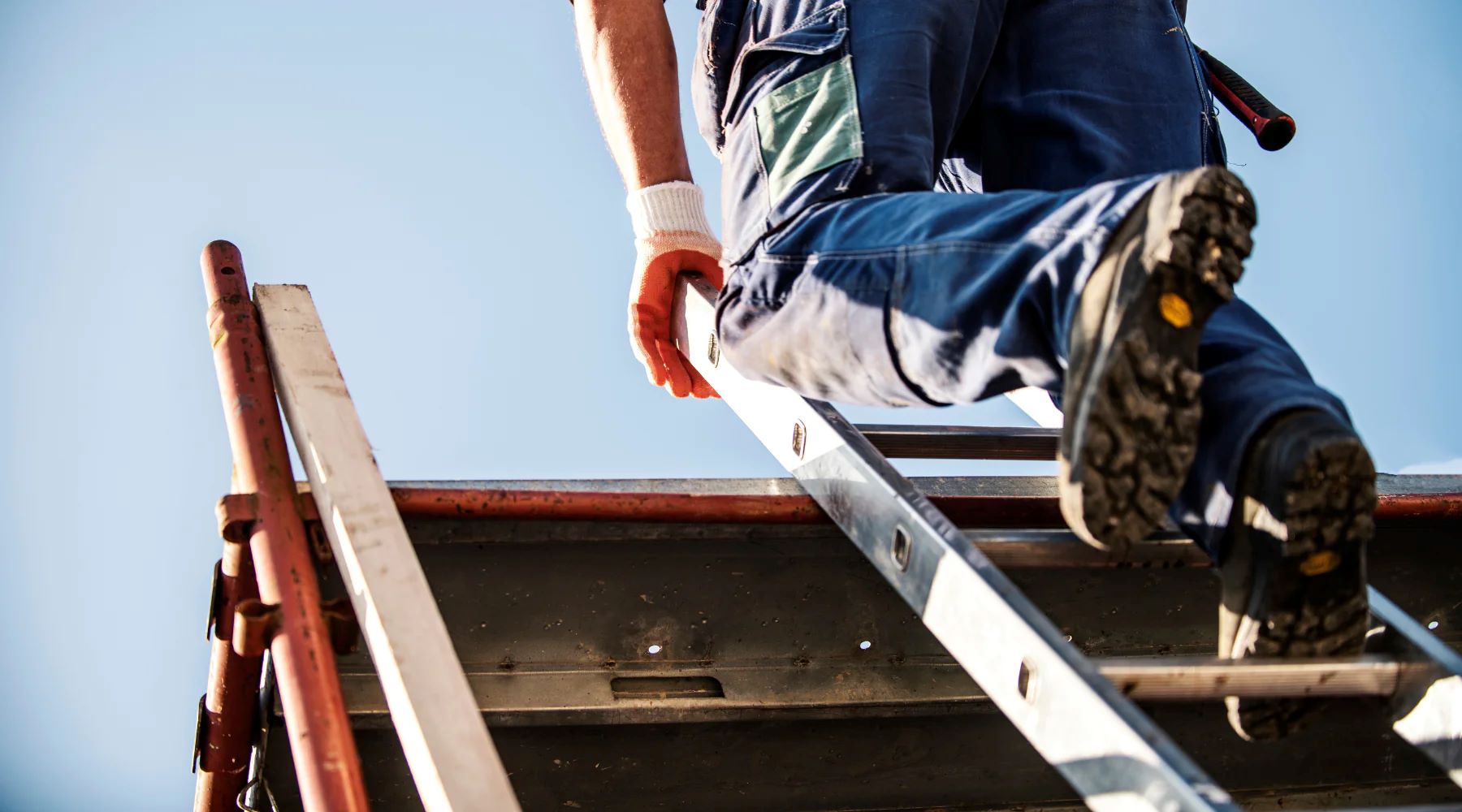
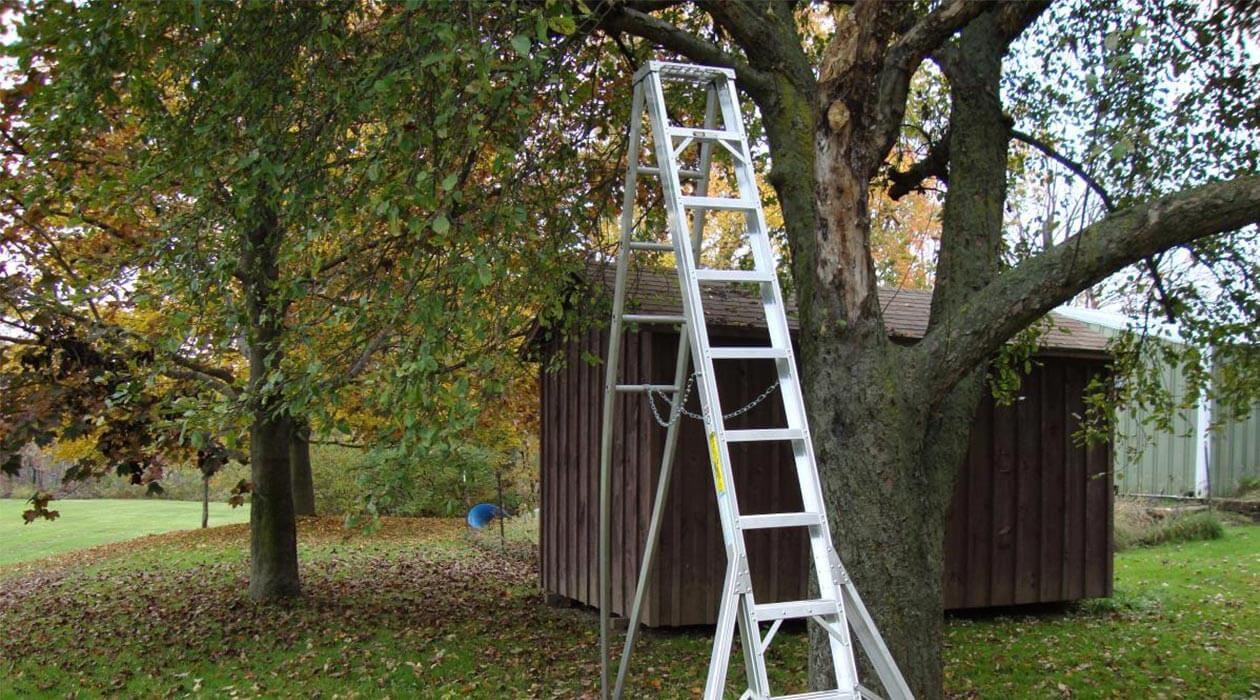


0 thoughts on “Safety Precautions To Note When Climbing A Ladder”